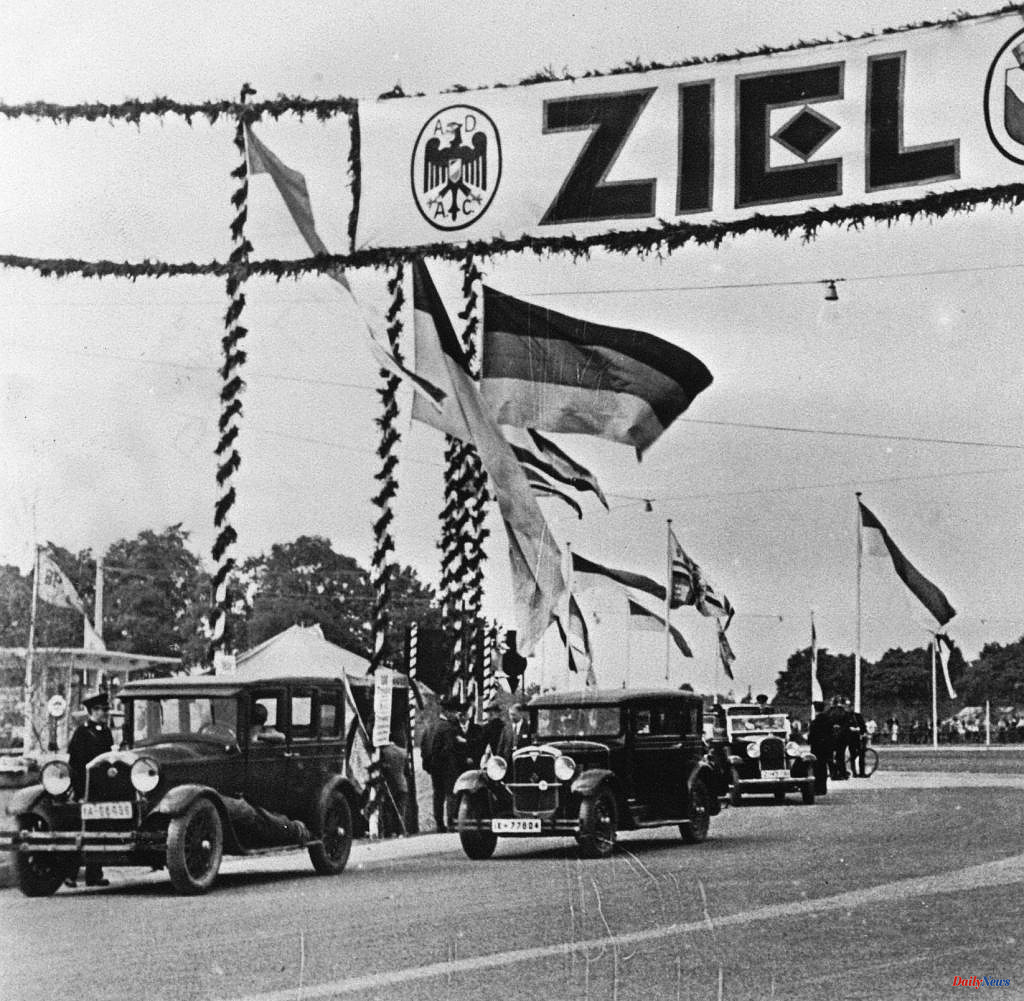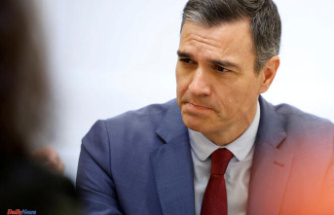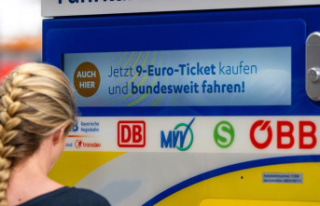In 1932, Konrad Adenauer (1876–1967) had been Mayor of Cologne for 15 years. During this time he had realized many a large project, including the Cologne trade fair – today the headquarters of the television station RTL – a spectacular suspension bridge over the Rhine and a factory of the American car manufacturer Ford. But this, as the later first Chancellor suspected, was something special , something groundbreaking that pointed far beyond his hometown: “Germany’s oldest public autobahn”, as the federal autobahn GmbH describes the A555 from Cologne to Bonn.
"This is what the roads of the future will look like," he prophesied on August 6, 1932, a Saturday. "I hope that the time savings and driving comfort that have now been achieved will bring new friends from home and abroad to the Rhine and the beauty of its landscape."
To this day, another name is associated with the construction of the German Autobahn in the public consciousness. That Adolf Hitler got hundreds of thousands of unemployed people off the streets in this way is perhaps the longest-lived Nazi legend. Nazi Propaganda Minister Joseph Goebbels used to claim that the brilliant idea of the autobahns came to the Führer while he was still in prison after his failed coup in 1923. Then "he opened the map of our fatherland on his knees and drew his Reich autobahns into it".
In truth, the Nazis were outspoken opponents of the autobahn, like most parties, until they came to power. In the Weimar Republic, there was almost a consensus that pure motor roads should be regarded as pure luxury for the upper ten thousand. For ordinary people, an automobile was unaffordable. So why should the state squander vast sums of money for a road network? After all, you could take the train.
However, car traffic continued to increase over time. The number of motor vehicles registered increased by 300 percent between 1924 and 1929. "And this constantly growing mobility led to an increase in accidents on country roads," explains Ulrich Soénius, director of the Rheinisch-Westfälisches Wirtschaftsarchiv in Cologne. After all, horse-drawn carriages, cyclists and pedestrians were also on the move with the motorists.
This also applied to the country road between Cologne and Bonn, which had one of the highest traffic densities in all of Germany. "All of the heavy traffic from north to south and vice versa rolled over this road," says Soénius. "There were also tourists from the Ruhr area, Düsseldorf and Cologne, who drove to the Rhine Valley at the weekend." Therefore, voices were soon raised to expand the country road and reserve it for cars. According to research by Soénius, the governor of the Rhine province, Johannes Horion (1876–1933), was even more important than Adenauer.
The first pure road was the "Automobil-Verkehrs- und Uebungs-Strasse" (AVUS) in Berlin, today the northern section of the A115. Already conceived in 1909, it was only opened in 1921 because of the First World War. However, it was so short that it can hardly be considered a motorway in the true sense. The first longer route in Europe was built in 1924, the beginning of the "autostrada" Milan-Varese. In 1929, the engineer Robert Otzen, chairman of an association for the preparation of a motorway from Hamburg to Basel, coined the word “autobahn” based on “railway”. Until then, people had spoken of “motorways only”.
The Autobahn between Cologne and Bonn was built in the middle of the global economic crisis. From the point of view of the planners, this had the advantage that the unemployed could be conscripted for the construction. In order to keep the 5,540 unemployed employed for as long as possible, excavators and conveyor belts were banned for the construction of the motorway. "Construction, beginning in October 1929, is real manual work," says Autobahn GmbH.
However, Adenauer managed to ensure that the project was implemented according to the latest experience in road construction: four lanes, dead straight, with no crossings. In doing so, the planners set standards: gradients remained low, the curve radii were large, and the roadway sloped slightly to the side so that rainwater could run off. Crash barriers and lighting were added later. The only thing missing was the central barrier - instead there was only a thick strip to separate it. In the early days, this meant that it was not uncommon for people to overtake on the oncoming lane.
As early as 1933, the Nazis downgraded Adenauer's autobahn to a country road so that Hitler could distinguish himself as the inventor of the autobahn. Shortly after his appointment as Reich Chancellor in 1933, he had moved away from his negative attitude. As early as February 11, 1933, he announced an ambitious plan for new roads. In reality, he was probably mainly concerned with proving his drive.
Today, however, the A555 is again regarded as the first autobahn – perhaps not quite rightly so, as Ulrich Soènius notes: “It was only officially declared an autobahn in 1959. When it opened in 1932, it was referred to as a "crossing-free motor vehicle road". Nobody used the word “Autobahn” there.”
You can also find "World History" on Facebook. We are happy about a like.












